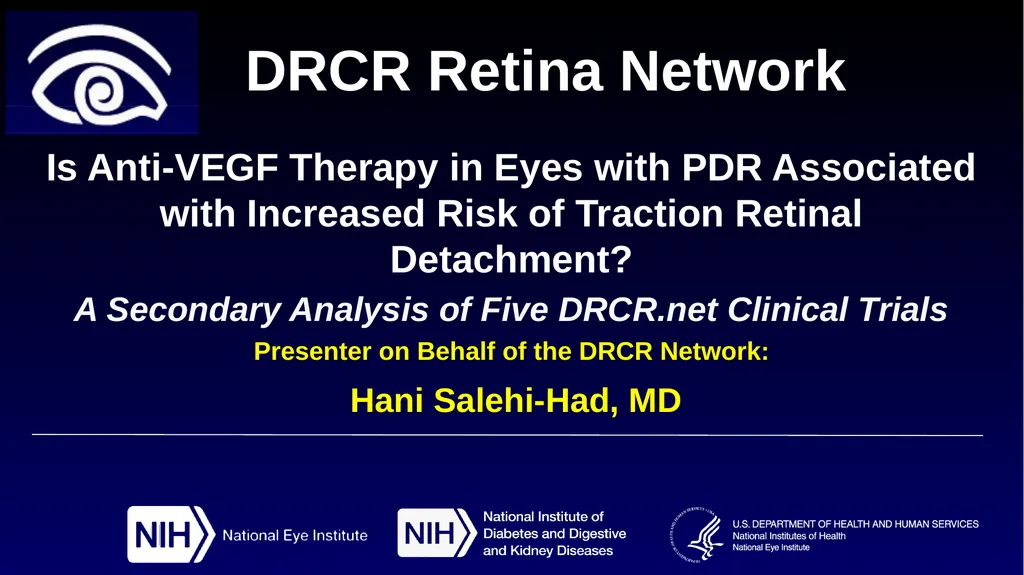
Is Anti-VEGF Therapy in Eyes with PDR Associated
Author: cheryl-pisano | Published: 2025-06-27
Description: Is Anti-VEGF Therapy in Eyes with PDR Associated with Increased Risk of Traction Retinal Detachment? A Secondary Analysis of Five DRCR.net Clinical Trials Presenter on Behalf of the DRCR Network: Hani Salehi-Had, MD DRCR Retina Network
Download Presentation
Download the PPT/PDF: Download
Transcript:
Loading transcriptů